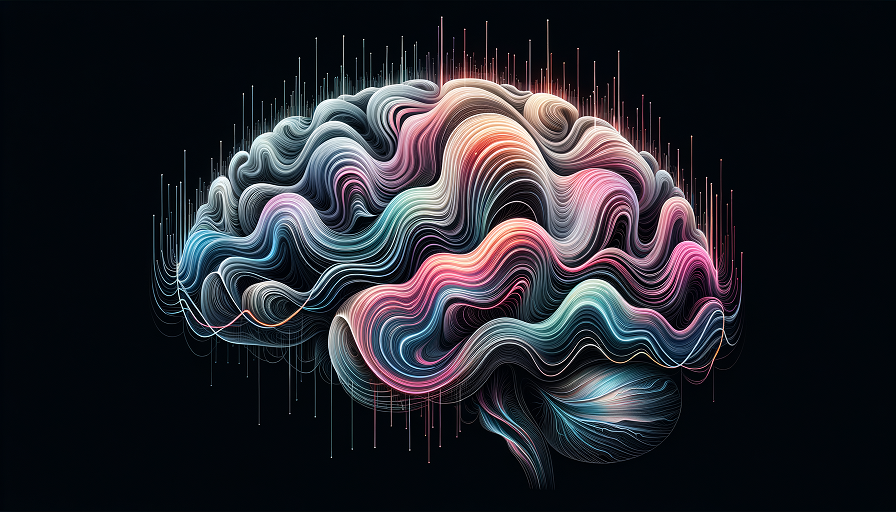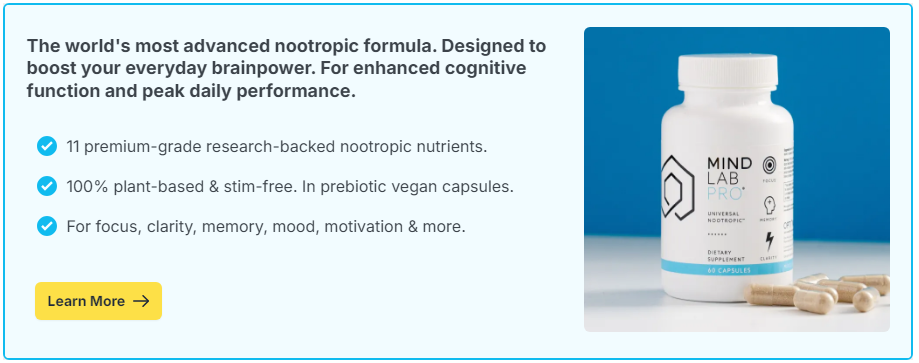
Have you ever felt stuck when trying to come up with new ideas, or noticed that studying sometimes feels like a chore? Mind mapping might be the creative boost you are looking for. This powerful tool is not only about jotting down ideas in a creative way but also about enhancing brain function. Mind mapping can help you harness creativity and strengthen your neural connections, making your brain healthier and more innovative.
Contents
Understanding Mind Mapping
What Is Mind Mapping?
Mind mapping is a visual and colorful way of organizing information. Imagine starting with a main idea in the center of a blank page, and then branching out with connected ideas. Each branch represents a topic or keyword associated with the main idea. This method gives your thoughts a visual shape, making it easier to explore and expand on ideas.
The Basics of Creating a Mind Map
- Start with a Central Idea: Write down the main concept you want to explore in the center of the page.
- Draw Branches: Use lines to connect related ideas or keywords to your central concept.
- Add More Layers: Keep branching out by adding sub-topics to each keyword.
- Use Colors and Images: Enhance your map with color coding and simple drawings to make it more engaging and memorable.
The Creative Boost of Mind Mapping
How Mind Mapping Fuels Creativity
Mind mapping can significantly enhance your creative thinking process. By visually laying out ideas, you allow your brain to make associations that might not occur in a linear format like a list. The use of colors and diagrams stimulates both the left and right sides of your brain, promoting a more holistic thinking approach.
When each branch of your mind map represents a new thought or idea, it encourages your mind to think diversely and make unexpected connections. This freedom enables a “brainstorming” atmosphere that’s perfect for generating creative solutions and innovative ideas.
The Role of Divergent Thinking
Divergent thinking is a form of creativity characterized by the ability to see many possible solutions to a single problem. Mind mapping helps nurture this style of thinking. By encouraging your brain to explore different directions, you’re fostering an environment where new ideas can flourish. This makes mind mapping an essential tool for artists, writers, designers, and anyone involved in creative pursuits.
Strengthening Neural Connections
Impacts on Brain Health
Your brain is an incredible network of neurons, and keeping this network active and growing is part of maintaining good brain health. Mind mapping contributes to this by engaging different brain areas simultaneously. The process enhances learning and memory by encouraging you to participate in an active, rather than passive, learning experience.
When you draw mind maps, you’re engaging memory-fuelled activities such as recall and recognition. Moreover, associating visuals with information helps integrate new knowledge with what is already stored in your brain, thus strengthening your neural connections. This interconnectedness is vital for enhancing your ability to learn and remember.
Connecting New Ideas with Existing Knowledge
Mind mapping naturally links new ideas to existing knowledge by allowing you to draw connections between them visually. When you create a mind map, your brain sees how new information aligns or differs from what you know, facilitating deeper insights and stronger cognitive links.
This method not only makes learning more intuitive but also builds a sturdy foundation for future information retrieval. It helps in making complex subjects more manageable and less overwhelming by breaking them down into bite-sized, relatable pieces.
Enhancing Learning and Problem Solving
Promoting Active Learning
Mind mapping transforms the way we engage with information by shifting from passive receiving to active processing. Instead of merely reading text or memorizing facts, mind mapping requires you to think critically about the material, identify key concepts, and determine how they relate to each other. This active involvement can deepen your understanding of a subject and enhance retention.
Problem Solving and Organization
When faced with complex problems, a mind map allows you to break down the issue into manageable parts and visualize possible solutions. By mapping out different perspectives and potential outcomes, you can better evaluate your options and make informed decisions. This visual approach helps in organizing thoughts in a coherent structure, allowing for clearer analysis and synthesis of information.
Integrating Mind Mapping into Education
Benefits for Students
In educational settings, mind mapping can be an invaluable tool for both teachers and students. For students, this method aids in summarizing lectures, structuring essays, and preparing for exams by creating comprehensive and visually engaging notes. They can easily review and revise the material, reinforcing learning and improving recall during tests.
Teachers as Facilitators
Teachers can utilize mind mapping to facilitate more engaging and interactive learning experiences. By incorporating mind maps into lessons, educators can demonstrate how topics interconnect, making complex subjects more accessible. Additionally, mind maps can serve as a collaborative exercise, encouraging students to participate actively in group discussions and knowledge sharing.
Mind Mapping in Practice
Using Mind Mapping in Everyday Life
You don’t need a special occasion to start using mind mapping. It can be integrated into everyday life easily. Here are a few scenarios where you might find it useful:
- Planning a personal project or setting goals
- Preparing for exams or summarizing study materials
- Organizing thoughts for essays or reports
- Reviewing or brainstorming business strategies
Technological Tools for Mind Mapping
In our digital age, there are numerous tools available to make mind mapping even more accessible. Online platforms and apps like XMind, MindMeister, and SimpleMind allow you to create digital mind maps that you can customize and share. While traditional pen and paper are effective, these tools offer additional features such as collaboration and cloud storage, which can be particularly useful for group projects or presentations.
Whether on paper or screen, mind mapping remains a versatile tool that adapitates to various contexts and tasks, helping you unlock greater creativity and strengthen your mental faculties.

